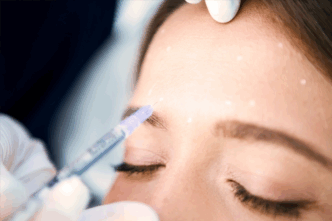Blepharoplasty, also known as eyelid surgery, is a cosmetic procedure that dates back to ancient times. The earliest traces of this procedure date back to ancient Egypt, where doctors were already performing surgery to repair damaged eyelids. Over the centuries, blepharoplasty has developed and improved, becoming today a common and effective procedure for correcting the aesthetic appearance of the upper and/or lower eyelids.
The different blepharoplasty techniques
Blepharoplasty can be performed using a variety of techniques, depending on the patient’s needs and objectives. Here is an overview of the main methods used in eyelid surgery:
Upper blepharoplasty
Upper blepharoplasty is designed to correct problems associated with the upper eyelid, such as sagging skin, skin folds and excess fat. The surgeon makes an incision in the natural eyelid crease, in the shape of an ellipse, to remove excess skin and fat, then closes the incision with sutures. The result is a more open, rejuvenated look.
Lower blepharoplasty
Lower blepharoplasty treats problems of the lower eyelid, such as under-eye bags and excess skin. The surgeon makes an incision under the eyelashes or inside the lower eyelid (“transconjunctival incision”) to remove excess fat and skin. Sutures are then used to close the incision, leaving a smoother, firmer appearance.
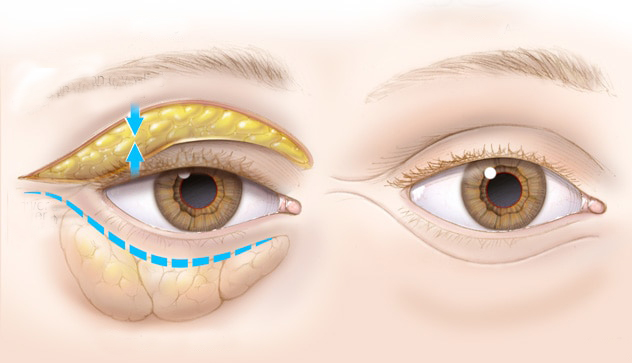
Plasma blepharoplasty (or Plexr)
Plasma blepharoplasty, also known as Plexr, is a non-invasive method that uses a plasma device to treat upper and lower eyelid problems. Plasma treatment works by creating small areas of skin coagulation using a beam of plasma energy. This causes immediate contraction and tightening of the skin, with subsequent desquamation of the small scabs formed.
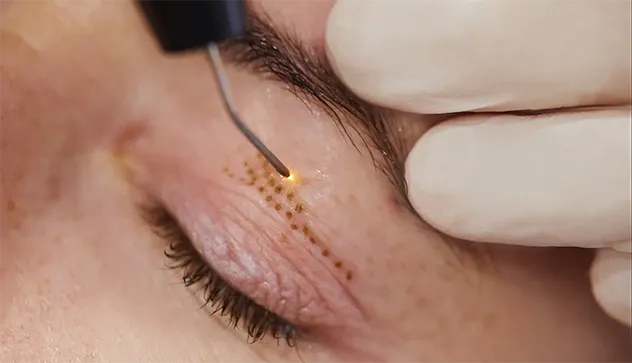
Surgical blepharoplasty vs. plasma blepharoplasty
- Results: Surgical blepharoplasty offers more pronounced, longer-lasting results than plasma blepharoplasty, as it directly removes excess skin and fat.
- Effectiveness: Surgical blepharoplasty is more effective for severe cases of excess skin and fat, while plasma blepharoplasty is better suited to mild to moderate cases.
- Sessions: Surgical blepharoplasty offers significant results in a single procedure, whereas plasma blepharoplasty may require several sessions to achieve optimal results, with less precise control of skin retraction.
- Recovery: Plasma blepharoplasty offers advantages such as no incisions and faster recovery than traditional eyelid surgery.
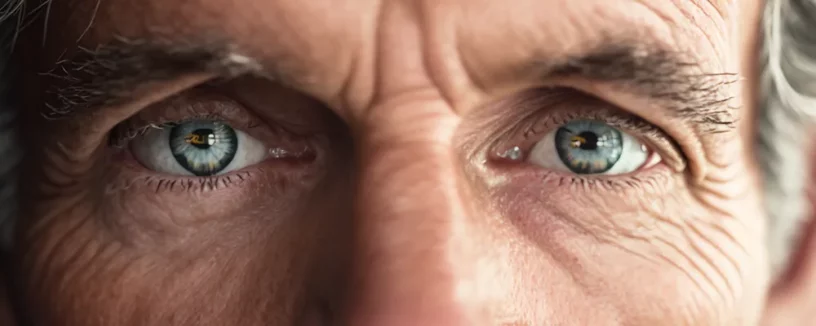
What are the benefits of blepharoplasty?
Benefit #1: Rejuvenated eyes
One of the most remarkable benefits of blepharoplasty is its rejuvenating effect. By removing excess skin and fat around the eyes, eyelid surgery gives your face a more youthful, rested appearance. This can help reduce the signs of aging and restore your self-confidence.
Benefit #2: Improved vision
Drooping eyelids or excess skin on the upper eyelids can impede peripheral vision. Blepharoplasty can solve this problem by removing excess skin and repositioning the eyelids. As a result, the procedure can improve vision and make daily activities easier and safer.
Benefit #3: Reduced bags under the eyes
Lower eyelid surgery can also treat under-eye bags by removing excess fat and skin. This gives a smoother, firmer appearance to the under-eye area, reducing signs of fatigue and aging.
Advantage #4: Asymmetry correction
Blepharoplasty can also help correct asymmetries between the eyes. If one of your eyelids is droopier or puffier than the other, eyelid surgery can rebalance your appearance by adjusting the skin and tissue around each eye.
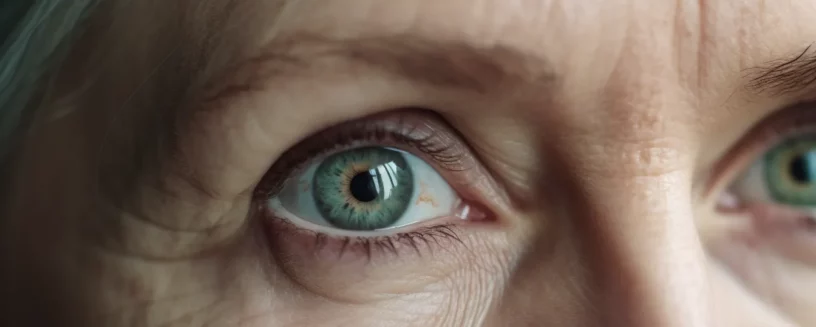
Procedure for eyelid surgery

- Consultation: A consultation with a specialist is essential to determine whether you are a good candidate for blepharoplasty and to discuss your goals.
- Anesthesia: Eyelid surgery can be performed under local or general anesthesia, depending on the complexity of the procedure and the preferences of the patient and surgeon. In general, upper blepharoplasty is performed under local anesthesia, while lower blepharoplasty is performed under general anesthesia.
- Incisions: The surgeon makes incisions in predetermined areas, usually in the natural folds of the upper eyelids and under the eyelashes for the lower eyelids, to minimize the visibility of scars.
- Removal of excess skin and fat: The surgeon removes excess skin and fat, then redrapes the remaining skin to create a smoother, more youthful appearance.
- Incision closure : Incisions are closed with sutures, surgical glue and/or adhesive strips.
Post-operative follow-up

- Rest: It is important to allow sufficient time for rest after surgery, generally one to two weeks, to allow your body to recover.
- Swelling and bruising: It is normal to experience some swelling and bruising after surgery. These gradually diminish over the course of a few days. Cold compresses and elevating the head can help reduce these symptoms.
- Medical follow-up: Follow-up appointments with your surgeon will be scheduled to monitor your progress and remove sutures if necessary.
- Activities: You should avoid strenuous activities, such as exercise or carrying heavy loads, for a few weeks after surgery. Follow your surgeon’s advice to gradually resume your activities.
- Sun protection: Protect your eyes and the operated area from the sun by wearing sunglasses and applying a high factor sunscreen to prevent sun damage and aid healing.
What is the average price of blepharoplasty in Belgium?
It’s difficult to give an exact price for blepharoplasty in Belgium, as costs can vary depending on a number of factors, such as the complexity of the procedure, the surgeon’s reputation and the region where the clinic is located. However, as a rough guide, the average price of a blepharoplasty in Belgium is generally between 1,500 and 4,000 euros, depending on whether we’re talking about an upper blepharoplasty, a lower blepharoplasty or a combination of the two.
It is important to note that prices can vary considerably, and it is advisable to consult several surgeons and clinics to compare prices and services offered. Also be sure to consider the quality of care, the surgeon’s experience and previous patient reviews when selecting a clinic for your procedure.


